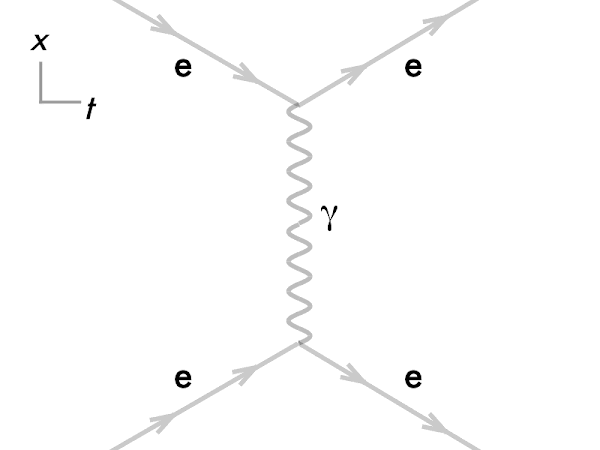




And we have time to answer a few of your questions and comments.
"If you discovered a planet, P-dog, what would you name it?"
I would name it after my wife. I would name it: "Mrs. P-dog.""Do you believe in aliens? Or life on other planets?"
Yes, and yes. I would bet money on it. I would bet $1. And I would win. But if I lost, it'd just be $1."Do you think Pluto should still be a planet?"
Let me tell you a story of my senior year in high school, way back when. I turned 18 during my senior year, and that was a big deal because you only needed to be 18 to be able to purchase and drink alcohol. My senior year was awesome. Commencement was awesome. Graduation parties were awesome...until a few years later, when the legal drinking age was raised from 18 to 21. And there was no grandfather clause. So before, it was legal for me to drink; but afterwards, I was no longer allowed to drink anymore. And that wasn't fair... So when it comes to Pluto, which was a planet, and then rules were changed so it is now no longer a planet, and there was no grandfather clause--I say, suck it up, Pluto.
Previous posts:
- Astronomy in-class activity: astronomy in the marketplace tags (Cuesta College, spring semester 2014)
- Astronomy in-class activity: astronomy in the marketplace tags (Cuesta College, fall semester 2012)
- Astronomy in-class activity: astronomy in the marketplace tags (Cuesta College, spring semester 2012).
- Astronomy in-class activity: astronomy in the marketplace tags (Cuesta College, fall semester 2011).
- Astronomy in-class activity: astronomy in the marketplace tags (Cuesta College, fall semester 2010).
- Astronomy in-class activity: astronomy in the marketplace tags (Cuesta College, spring semester 2010).

























